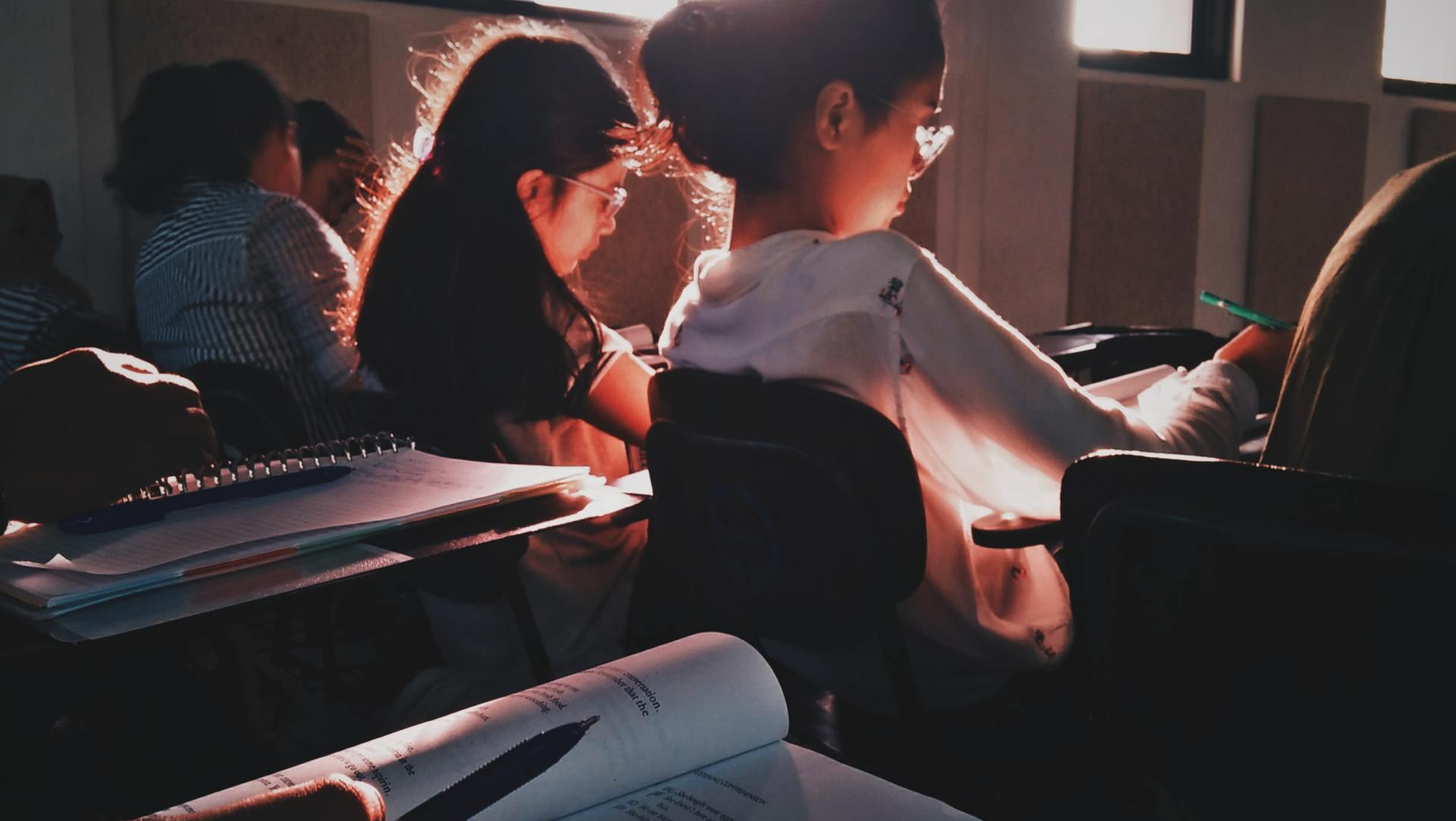What do you think the phrase, “Flipped Classrooms” means?

If you have not heard the phrase before you may be forgiven for thinking it has something to do with general behaviour or discipline.
If you have previously encountered the phrase you probably saw it directly linked to other phrases and words like, ‘The 4th Industrial Revolution’, ‘21st Century Skills’, ‘Metacognition,’ ‘Information and Communications Technologies, (ICTs)’ ‘Creativity,’ ‘Entrepreneurship,’ ‘Personalised Learning,’ and a whole lot more.
But, if you are the parent of a school-going child, it is best that you understand the phrase in its simplest form: what it is in essence, how it affects your child’s learning, what are the advantages of such a teaching-and-learning approach and, what is your role as an essential support in that education process.
In essence, the idea of the flipped classroom focuses on active learning and learner engagement. In the traditional classroom learners normally come together to receive new information input from the teacher – during class time. In the flipped classroom, learners encounter that input before coming to class. In other words, learners prepare for class time by acquiring the subject content of the coming lesson in their own time. They do so by, (for example), watching a special video to which they have been directed by the teacher or, by completing a given reading assignment, listening to a voice recording, exchanging thoughts on a specified topic with their parents and so on. During the class time the next day, the learners clarify their grasp/understanding of the new material and work through difficult questions and possible misunderstandings by interacting with other learners and the teacher. They also get to practice and apply the new knowledge and key concepts that they have acquired in set projects designed to engage them in further knowledge creation and innovation.
In short, in a flipped classroom, class-time has been re-purposed, transformed into question and discussion time and the opportunity to seek explanations for ideas or concepts that some may have found confusing or difficult. While the teacher has the opportunity to explain, extrapolate, guide, mentor (individually and/or collectively) the new information or concept at a deeper more thought-provoking level, an activity generally referred to as a ‘ metacognitive’ process, or ‘ thinking about thinking.’ They also monitor learner progress. Basically, in-class time has become a ’workshop.’
A typical flipped classroom works loosely on a ‘Before-During-After’ cycle. Before (personally acquired information/knowledge); During (class discussion teacher/peer group input, explanation, illustration, metacognitive exploration, application) and After (using/applying the newly acquired knowledge based on appropriate projects).
“But”, you may argue, “surely the good teacher manages to get new basic concepts, ideas and knowledge across during the traditional lesson structure and time, as well?” This is true but many children may not always “grasp” the information and are not necessarily thinking “critically” or deeply about what the teacher is talking about – they are too busy focusing on trying to understand and absorb and ‘remember’ the new facts and concepts at a basic level. By freeing up class time by having learners engaging with the basics of a new concept or body of information before the time, both teacher and learners have more time during the formal school period in the classroom to allow them to interrogate, investigate and be productively creative with the new content, and apply it rather than just acquiring it. Learners come to the lesson already knowing what they don’t understand and where they feel they need to be helped. The teacher can then lead them to the next level of ‘knowing’ and applying.
So. How does the flipped classroom affect your child’s learning? The approach is learner-centered with the learner taking personal responsibility for the learning process by taking in a body of information as directed by the teacher, beforehand. The teacher’s role is that of a facilitator and mentor guiding the learners to greater depths of understanding of what has been learnt rather than simply working to cover prescribed curriculum content. Put differently, the emphasis shifts from mere acquisition of knowledge to mastery of it. The classroom and what happens in it becomes more dynamic. Interaction between learners and teacher is specifically aimed at collaborative and creative problem-solving and the application of the newly acquired knowledge to real-world issues. The advantages of the flipped classroom in light of the above, become clear when one takes into account the characteristics of the 21st century and the demands they will make on the young adults and leaders of tomorrow:
Jobs and activities that currently don’t exist will emerge while others will disappear;
The future workforce will have to align its skills set accordingly and include life and career skills, life-long learning and innovation skills, media, information and technology skills and analytical skills;
All of these in turn, will require critical thinking and reasoning, adaptability and problem solving.
Learners who have been schooled in collaborative problem-solving and project-based learning which has encouraged an exploration of the deeper significance of the subject will have learnt how to bring that knowledge to bear on daily issues and problems by working during class time. The easy bit – acquiring a new body of information or being introduced to a new concept is done at home by the learner; the difficult bit, understanding the material thoroughly and implementing/using it, is done during class time with all the necessary support to succeed.
Some pertinent questions:
Does the flipped classroom mean that all lessons have to be flipped? No. As a professional educator the teacher may decide that a different method may be more effective in the acquisition of certain theories or concepts and the application of new skills.
However, once the flipped method has been mastered by both the teacher (facilitator) and learners it is unlikely that any other approach will prove satisfactory for the serious learner.
Is the use of Information and Communication Technology (ICT) essential to a successful flipped classroom or individual lesson? ICTs are very useful if innovatively used to enhance and extend the learning environment but if these are not available it is an opportunity for the teacher’s and learners’ own innovativeness and creativity to come to the fore.
The age-old chestnut “did you do this work or did one of your parents do it?” is no longer applicable in the flipped classroom situation because the real work, the work that is to be assessed is done in the classroom. The learner’s skill at problem solving, communication, collaboration, experimentation, critical thinking and creative expression lies at the heart of the projects and tasks set for and performed in the flipped classroom.
The role of the parent in all of this? Encourage your child to conscientiously watch, listen to or read the assigned work set to acquire the basic knowledge necessary to be able to creatively and productively participate in the next day’s project which will lay a sound foundation for creative and productive participation in society in the future.
CONTACT US
SAOU SERVICE CENTRE
T: +27 12 023 1333
W: +27 76 127 1921
E: saou@saou.co.za
Membership enquiries
SAOU HEAD OFFICE
F: +27 86 687 2476
QUICK LINKS
SAOU OFFICES
© 2024
Digital Zoo Website Solutions - All Rights Reserved




